
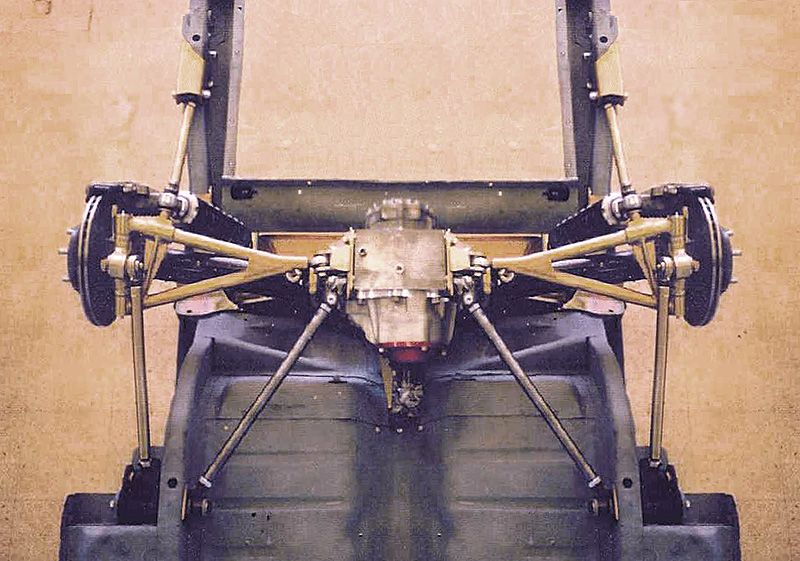
 |
 |
 |
 |
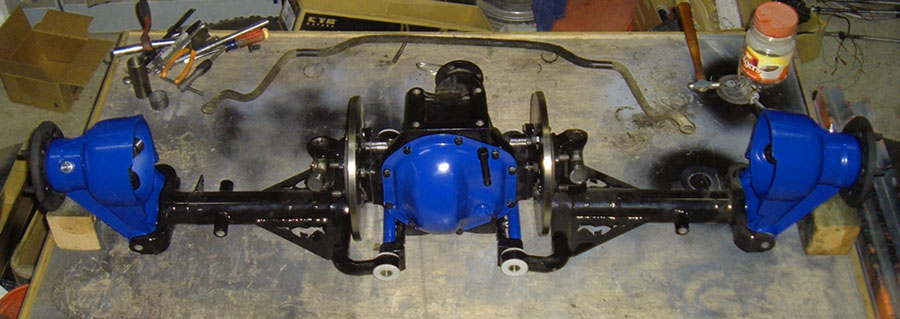 |
You are not logged in. Would you like to login?
![]() Offline
Offline
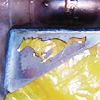
on May 17, 2010, 7:30 pm, Joe wrote:
Daze, do you know yet what springs & shocks you are going to run on your IRS? I did a lot of research on spring rates, lots of equations and calculations, but it never seemed to answer the basic question ... do I have the right springs.
During mock up I tried using 2 springs with shocks which was not enough and then put on four which seemed to work pretty well. Just curious what your approach plan is.
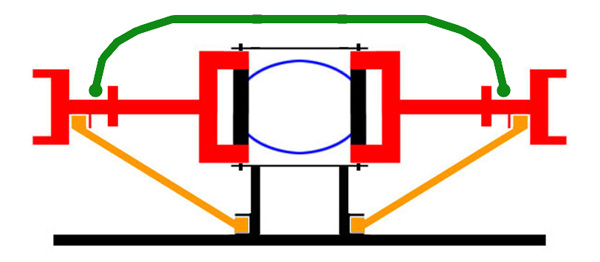
![]() Offline
Offline

on May 18, 2010, 9:27 am, Daze wrote:
Research???? Joe, I believe you and I are cut from the same cloth. I am so logical and analytical that I drive my wife nuts. I have probably spent as much time researching This project as I have actually working on it. I have a binder with over 500 pages of printouts some how related to IRS install and it is still growing.
Now to your question. An XJ6 weighs in some were between 1000 and 1500 pounds more than a Mustang, so all things being equal the Mustang would need to use softer springs. However it has been my experience that springs soften with time so a good set of used springs will have a softer spring rate than when they were new. Also the jaguar was built to not only perform but to also have incredible ride quality. to that end the OEM springs were at the softer end of the range of possible spring rates for that application. This would put those same springs at the upper end of the rage for a spring rate for a Mustang. With all that said it makes sense that with 4 used springs your Mustang was sitting about right. I know Mustsed used OEM springs and achieve a good ride quality.
I am going to take it one step further. I am using KYB gas adjust shocks which I know will make the ride stiffer. I am then going to make the upper mount adjustable so that I can change the coil over shock angle. As the angle of the coil over moves away from vertical the spring rate decreases.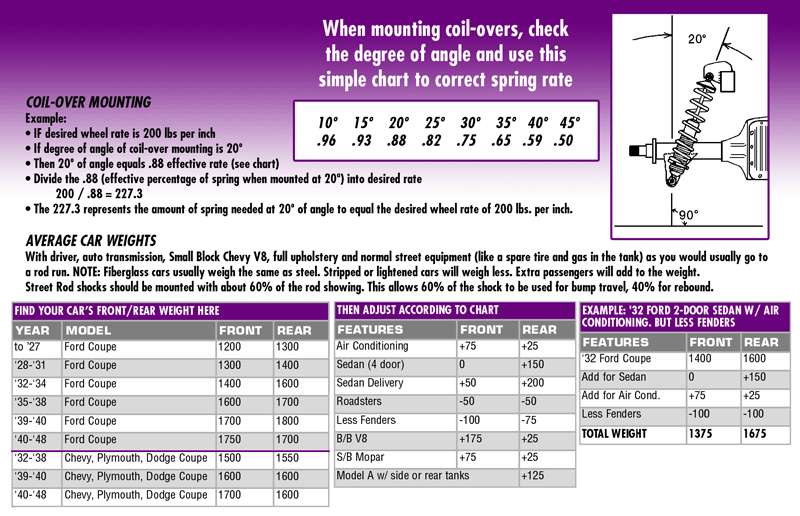
By making the upper mount adjustable I should be able to specifically dial in the exact spring rate I need for my application.

![]() Offline
Offline

on May 18, 2010, 11:55 am, Joe wrote:
Wives are interesting creatures ... sounds like you got yourself a good one.
I am glad to hear that we have some ground handling experience with the four shock configuration. Your logic regarding the XJ6 springs makes some sense.
The numbers are actually a little closer for my 67. The XJ6 has published numbers of 3885 - 3950 depending on options with a 55/45 front to rear weight distribution. I used the 3885 weight for no particular reason. My 67 weighs 3020 and also has a 55/45 weight distribution. This calculates out to a 388lb difference on the rear axle.
I got lucky when I purchased my IRS, it already had KYB's (KG9122) on it and they where in good shape. We were able to measure the force needed to push down on the shock at about 60lbs per shock. The springs are an unknown but based on your statements above I would have to guess original ... soft and squishy.

![]() Offline
Offline

on August 6, 2010, 7:46 pm, tyrellracing wrote:
You are right, it was fortunate for you to have found a Jag suspension with shocks that probably when new cost twice what you paid for the whole set up. That was a purchase I know I would have been proud of! In the past year all of the shock kits I have found on e-bay for just the rear in KYB were a grand! Personally I think they are too damn proud of their shocks to sell them.

![]() Offline
Offline

on August 6, 2010, 8:38 pm, Daze wrote:
I paid just over $200.00 total for all 4 Kyb gas adjust shocks from summit racing.

![]() Offline
Offline

on August 7, 2010, 4:29 am, tyrellracing wrote:
After going through my old watched items on E-bay I discovered I was not entirely correct. The sale was for all six KYB gas adjust shocks and the idiot was asking $800 buy it now! Two hundred sounds far more reasonable.

![]() Offline
Offline

on August 5, 2010, 3:49 am, tyrellracing wrote:
Even though the Jag is heavier, it had a very compliant ride. The valving in the shocks had far less dampening on compression than rebound. The frequency of a spring has more to do with ride quality than spring rate. A simple way of thinking of it is a ratio of the vehicle weight to the spring rate divided by the percentage of effectiveness the spring has to its load. A readers digest description of measuring spring frequency goes as follows: If you were to take a car with a coil spring suspension and remove the friction like shocks and stiff joints. Then bounce the vehicle in a cyclic manor for 30 seconds until the reasonable bounce is achieved. more violent bouncing will have little effect on the out come due to remaining friction. Count the bounces after you stop manually pushing on the car for one minute. When done properly the frequency vaguely follows spring rate in a near vertical shock application. However once you angle the shock over say 20 degrees or more. all springs become low frequency or at least appear to. Frequency is how the British have been evaluating coil springs for many years. This is the way springs for F! race cars are evaluated. Obviously they have more sophisticated methods for coming up with frequency now. High rate springs in lite cars comparatively speaking will have a higher frequency or bounce quickly for the allotted time. Low rate springs in heavy cars will have a low frequency or bounce more slowly. The frequency will have a direct effect on how the car reacts to hard bumps as well as how harsh the driver feels the bump through the car. The correct springs for any given application will make the shocks job much easier and the car handle better. The Jaguar name is recognized as a high end performance car builder. However that high end crowd wanted a soft compliant ride with a low tolerances for ride harshness. That is the reason the Jag uses four springs. It allows a far lower frequency then two heavier springs could possibly produce. If you look at Klaus Arnings mustang IRS you will see that he used two coil overs mounted closer to the hub for this very reason. For the leverage the stock Jag springs had and the weight they were supporting, they had too low of frequency for the application. Its difficult to test leaf springs using the above described method since there is too much friction in the leaf design. Even with the friction the stock mustang has a higher frequency rear springs than the jag when supporting the same wieght

![]() Offline
Offline

on May 18, 2010, 12:06 pm, Daze wrote:
Hey Mustsed, can you give us some insight based on your original install as to...how the jaguar spring rate works on a classic Mustang??

![]() Offline
Offline

on May 19, 2010, 11:17 am, Mustsed wrote:
I don't know the numbers of the springs but the stock..... '86 XJ12 springs are rather soft in a '67 Mustang. When I test drove the '67 with IRS it seems soft but the owner always talks about how great the grip is and that he feels like driving on rails.
I guesss that I will have my differential back tomorrow and will start the preparation to put it in my car very soon. I can give better feedback with the unit under my own '67 Mustang.
Mustsed
